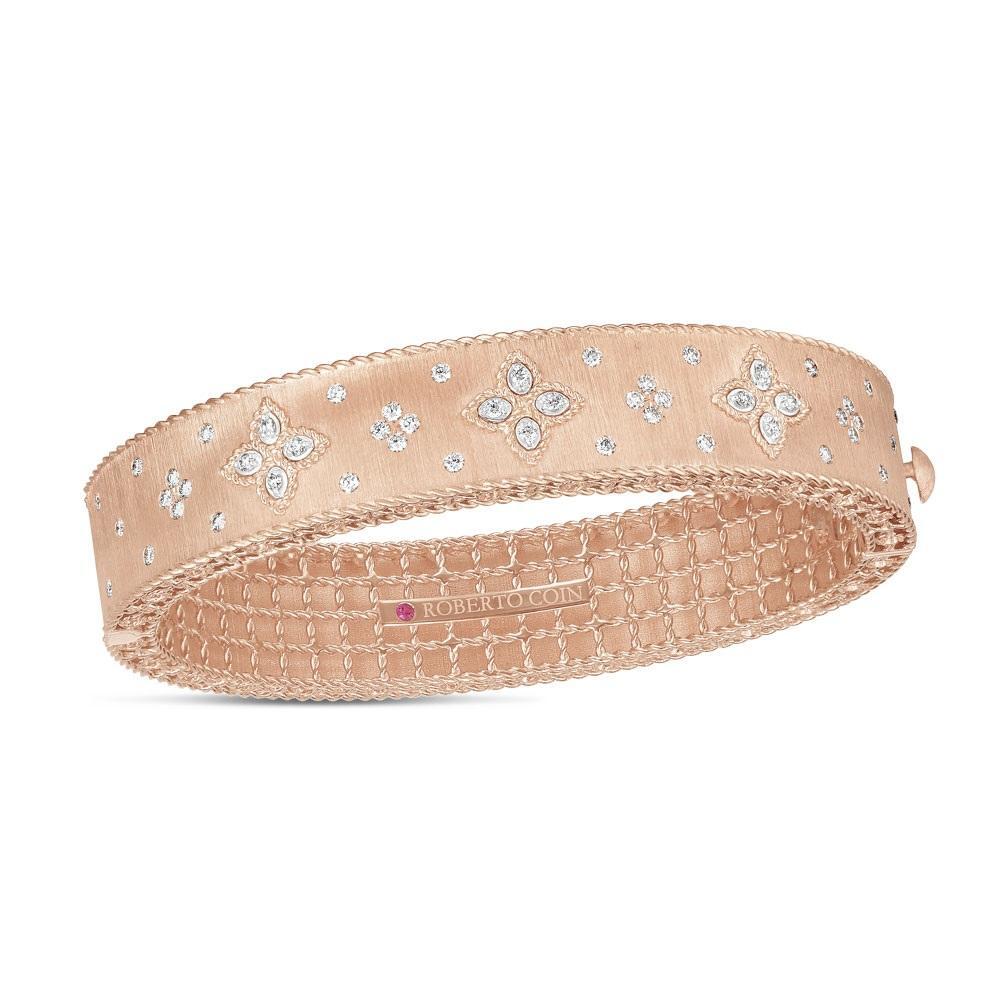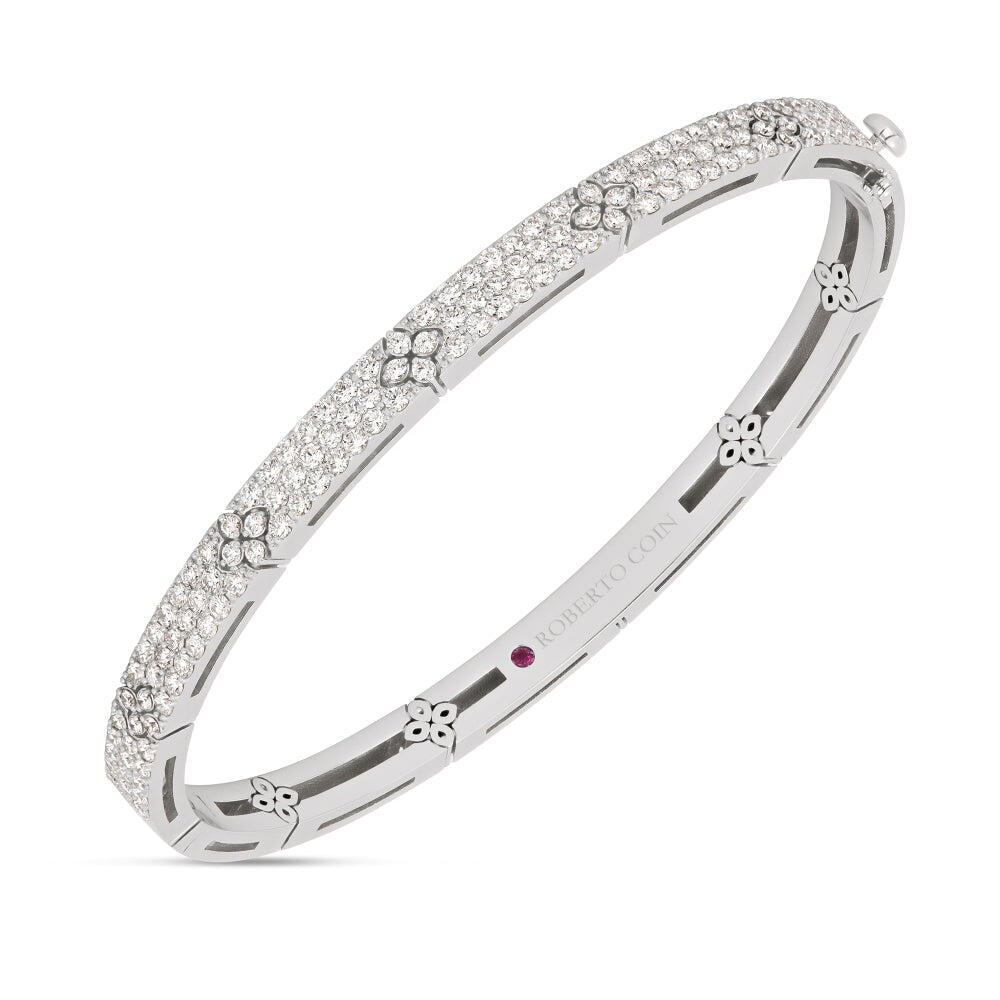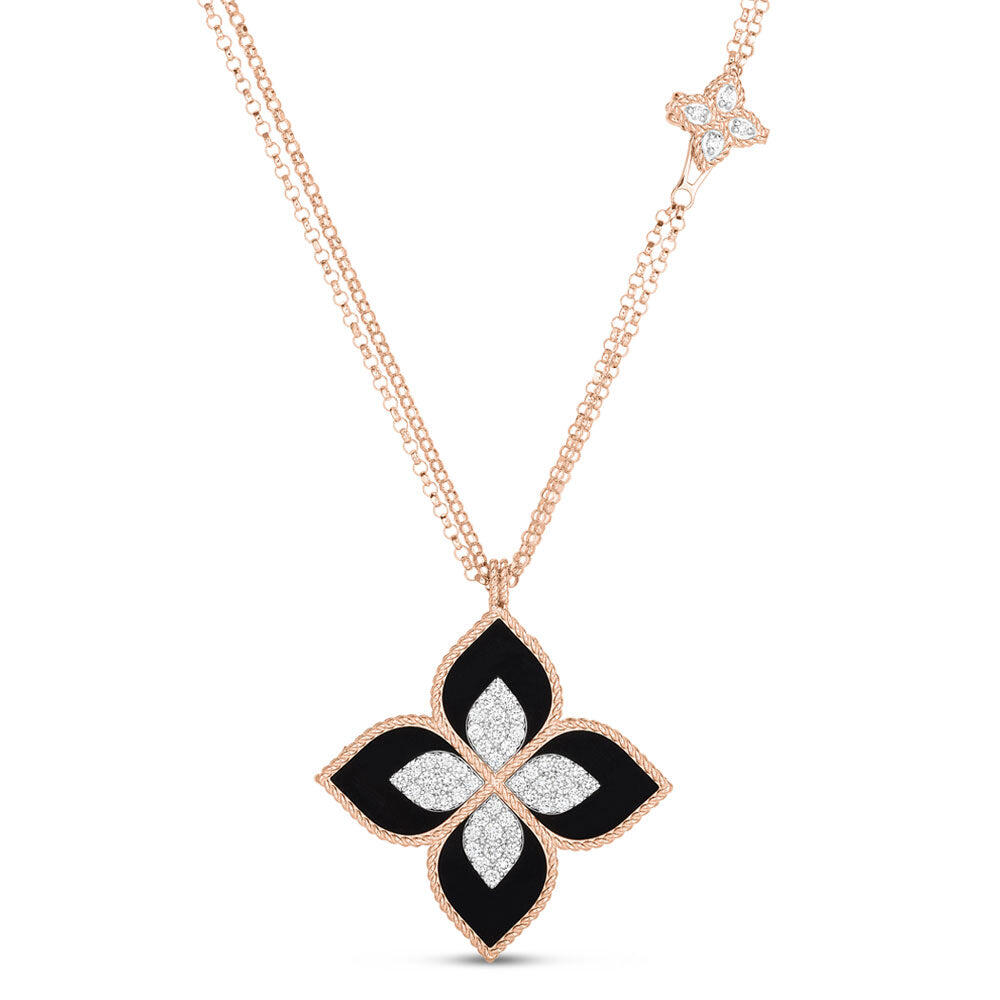
What are the different types of diamonds?
There are many cuts of diamond in existence. We discuss the types, the cuts and the clarity in this interesting interview.
Interview with Shiny Bee on 2022-07-09
What are the different types of diamonds?
There are many different types of diamonds, but the most common are white diamonds, coloUred diamonds, and lab-created diamonds. White diamonds are the traditional type of diamond and are typically colourless or near-colourless. Coloured diamonds are natural diamonds that have been treated to enhance their colour, and lab-created diamonds are man-made diamonds that have the same chemical and physical properties as natural diamonds.
How are diamonds classified and what is the full list of classifications? How does each classification affect its value?
Diamonds are classified according to their physical and chemical properties, as well as their optical properties. The full list of classifications is:
-Clarity: the degree to which a diamond is free of blemishes and inclusions
-Colour: the hue and saturation of a diamond's colour
-Cut: the proportions, symmetry, and polish of a diamond
-Carat weight: the size of a diamond
Each classification affects the value of a diamond in different ways. Clarity and carat weight are the most important factors in determining a diamond's value, followed by colour and cut.
What are the characteristics of diamonds?
Diamonds are typically colourless and transparent, but they can also be yellow, brown, or blue. They are the hardest known natural material and have a high refractive index, meaning they sparkle and shine brightly.
How do diamonds form?
Diamonds are formed deep within the Earth, under extreme heat and pressure. They are thought to have been formed over 3 billion years ago.
How are diamonds cut and polished?
Diamonds are cut and polished using a variety of methods. The most common method is called the "brilliant cut." This involves cutting the diamond into a round shape with 58 facets (or faces). The facets are then polished to create a sparkle. Other popular cuts include the "princess cut," the "emerald cut," and the "cushion cut."
How do lab generated diamonds differ to natural ones? Are lab generated diamonds more or less valuable?
Lab generated diamonds are created in a controlled environment, as opposed to natural diamonds which are formed over time underground. Lab generated diamonds are typically more pure and have fewer impurities than natural diamonds. However, they are also less rare, and as a result, are usually less valuable.





